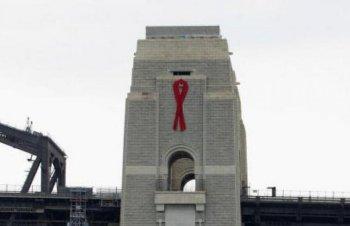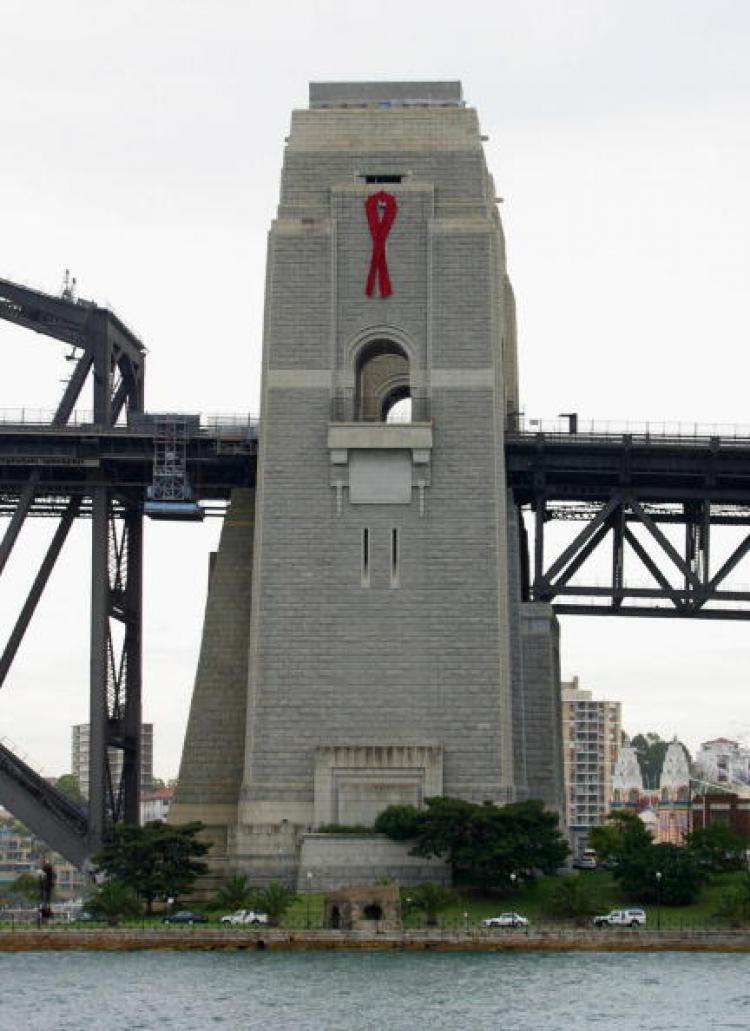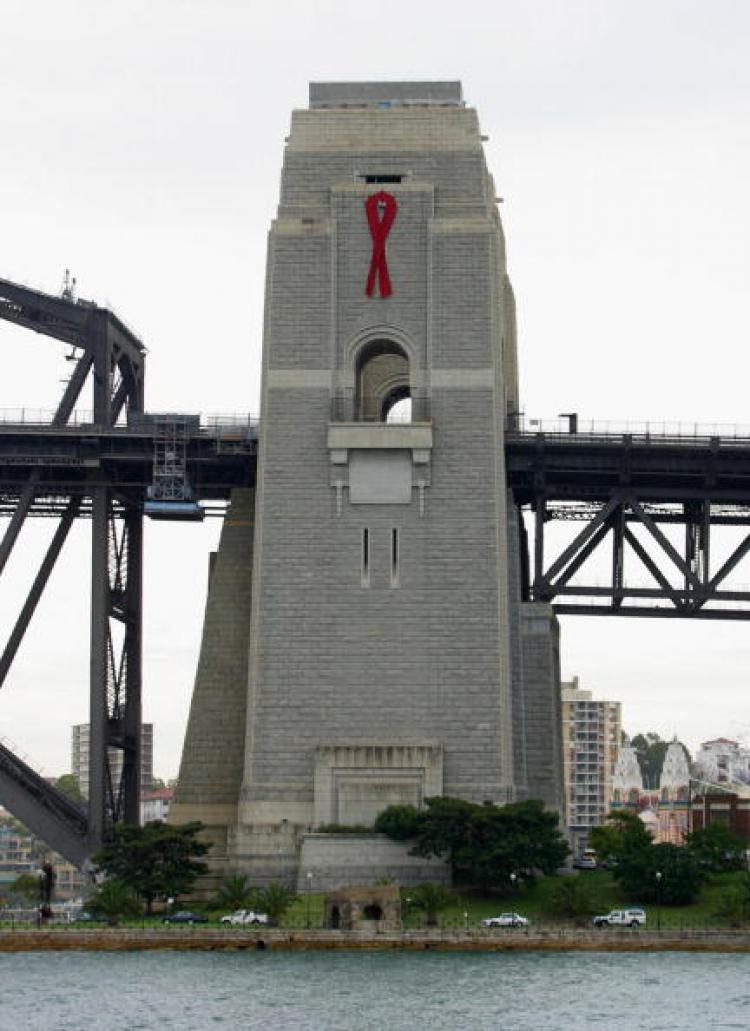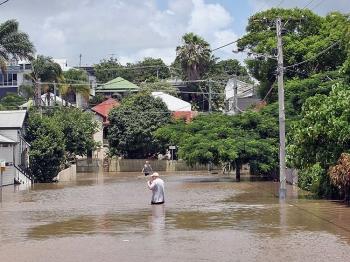The Pope, in comments made in a new book of interviews, says that while the Church does not regard the use of condoms “as a real or moral solution,” condoms can be used with “the intention of reducing the risk of infection.”
The concession, albeit small, has been the subject of much debate but its impetus falls squarely on the shocking reality of the AIDS epidemic.
There are around 35 million people infected with AIDS globally, according to a UN report on AIDS released in the lead-up to this year’s World Aids Day on Dec 1.
The good news is that the number of people contracting HIV infections has fallen nearly 20 per cent over the last 10 years. But the report indicates there is much more to be done.
“Investments in HIV prevention programmes as a whole have not been adequate or efficiently allocated. HIV prevention investments comprise about 22 per cent of all AIDS-related spending in low—and middle—income countries,” the report said.
While people with AIDS are living longer than a decade ago, indicating that preventative and medical treatments are gaining ground, Michel Sidibé, Executive Director of UNAIDS, says he is cautiously optimistic.
“We are breaking the trajectory of the AIDS epidemic with bold actions and smart choices,” said Mr Sidibé in the report. “Investments in the AIDS response are paying off, but gains are fragile—the challenge now is how we can all work to accelerate progress.”
At the end of 2009 an estimated:
33.3 million people were living with HIV globally
2.6 million people were newly infected with HIV
1.8 million people died from AIDS-related causes
20,956 people lived with HIV in Australia
29,629 people lived with AIDS in the Pacific
Bill Bowtell, the director of the HIV/AIDS Project at the Lowy Institute and one of the architects of Australia’s response to AIDS says that improvements in medical treatments have had profound effects on life expectancy, but the problem is not solved.
“Anything that is killing two million people a year is not to be taken as normal,” he told the ABC. “And it is worse because we can do something about it.
“One of the great problems with the reporting of HIV and AIDS is that people become apathetic or they think that nothing can be done.
“Nothing could be further from the truth. If we get treatment into the mouths of the people who need it and we fund that properly, and we put the resources behind it, we can make our lives immeasurably better. We can save their lives.”
According to the Aids Trust of Australia, around 21,000 people are living with HIV in Australia and around 21 new cases are diagnosed each week.
While Australians have a greater chance of managing and containing AIDS, Mr Bowtell warned that funding and focus need to be maintained, not only for AIDs prevention in Australia, but also for the whole Pacific region.
“Papua New Guinea now has rates of infection among young people there of 2 and 3 percent, and this is dramatically too high,” he said.
“It’s emerged over the last 5 to 10 years and really the Government of Papua New Guinea, in conjunction with the global fund with Australia and with other donors, has really got to up the effort to prevent the spread of HIV in that country.”
A UN report on AIDS in the Pacific, released in Dec 2009, reported 29,629 cases of people living with HIV in the region, excluding Australia and New Zealand. Of those cases reported, 99 per cent were from Papua New Guinea. Because of under-reporting, the real numbers could be almost double that.
The report noted that “earlier action taken at community, national and regional levels in the Pacific had helped keep the epidemic at low levels in most countries”. Papua New Guinea, however, was “the notable, complex exception”, the report said, describing Australia’s nearest neighbour as “the overwhelming locus of the Pacific epidemic.”






Friends Read Free